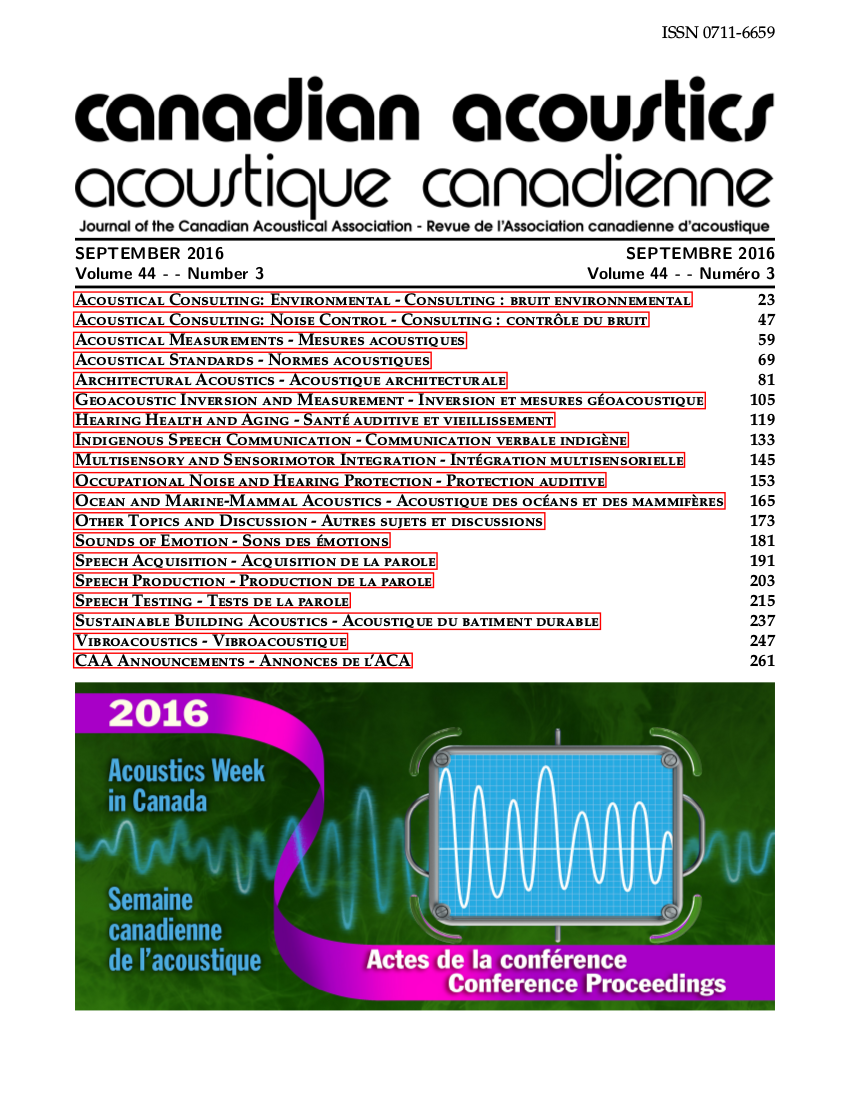Ultrasound overlay videos and their application in Indigenous language learning and revitalization
Abstract
Pronunciation is one of the major challenges in second language (L2) learning, and in the context of First Nations languages, the challenge can be compounded by both a scarcity of resources (including, in some cases, small numbers of speakers) and the pressures faced by heritage learners to preserve their ancestral language in an authentic way (1). In this paper, we discuss a pronunciation training tool we developed that uses ultrasound visualization technology and its potential application in Indigenous language revitalization.
L2 learners rely on auditory and visual information to acquire speech sounds and patterns, and tools like ultrasound that facilitate visualization of the articulatory processes involved in speech production can aid in L2 pronunciation training (2). To make ultrasound visualization accessible and interpretable to a broader audience, we developed a series of ultrasound overlay videos which combine ultrasound images of tongue movement in speech with external profile views of a speaker’s head. There are 91 videos, corresponding to each sound in the International Phonetic Alphabet (see enunciate.arts.ubc.ca for videos and research supporting their effectiveness).
While this video library is useful as a general resource, there has also been interest from First Nations groups in customized videos, either to target specific phonological contrasts in a given language or to present a familiar face in a particular linguistic community. Through community partnerships we are developing customized ultrasound overlay videos for four Indigenous languages: Upriver Halq’emeylem, SENCOTEN, Secwepemc, and Blackfoot. We report on these projects, highlighting the potential for ultrasound overlay technology to contribute to revitalization efforts in these and other First Nations languages.
(1) Hinton & Ahlers (1999). The issue of “authenticity” in California language restoration. Anthropology & Education Quarterly, 30(1), 56-67.
(2) Gick, Bernhardt, Bacsfalvi, Wilson (2008). Ultrasound imaging applications in second language acquisition. Phonology and second language acquisition, Benjamins: 309-22.
Additional Files
Published
How to Cite
Issue
Section
License
Author Licensing Addendum
This Licensing Addendum ("Addendum") is entered into between the undersigned Author(s) and Canadian Acoustics journal published by the Canadian Acoustical Association (hereinafter referred to as the "Publisher"). The Author(s) and the Publisher agree as follows:
-
Retained Rights: The Author(s) retain(s) the following rights:
- The right to reproduce, distribute, and publicly display the Work on the Author's personal website or the website of the Author's institution.
- The right to use the Work in the Author's teaching activities and presentations.
- The right to include the Work in a compilation for the Author's personal use, not for sale.
-
Grant of License: The Author(s) grant(s) to the Publisher a worldwide exclusive license to publish, reproduce, distribute, and display the Work in Canadian Acoustics and any other formats and media deemed appropriate by the Publisher.
-
Attribution: The Publisher agrees to include proper attribution to the Author(s) in all publications and reproductions of the Work.
-
No Conflict: This Addendum is intended to be in harmony with, and not in conflict with, the terms and conditions of the original agreement entered into between the Author(s) and the Publisher.
-
Copyright Clause: Copyright on articles is held by the Author(s). The corresponding Author has the right to grant on behalf of all Authors and does grant on behalf of all Authors, a worldwide exclusive license to the Publisher and its licensees in perpetuity, in all forms, formats, and media (whether known now or created in the future), including but not limited to the rights to publish, reproduce, distribute, display, store, translate, create adaptations, reprints, include within collections, and create summaries, extracts, and/or abstracts of the Contribution.


